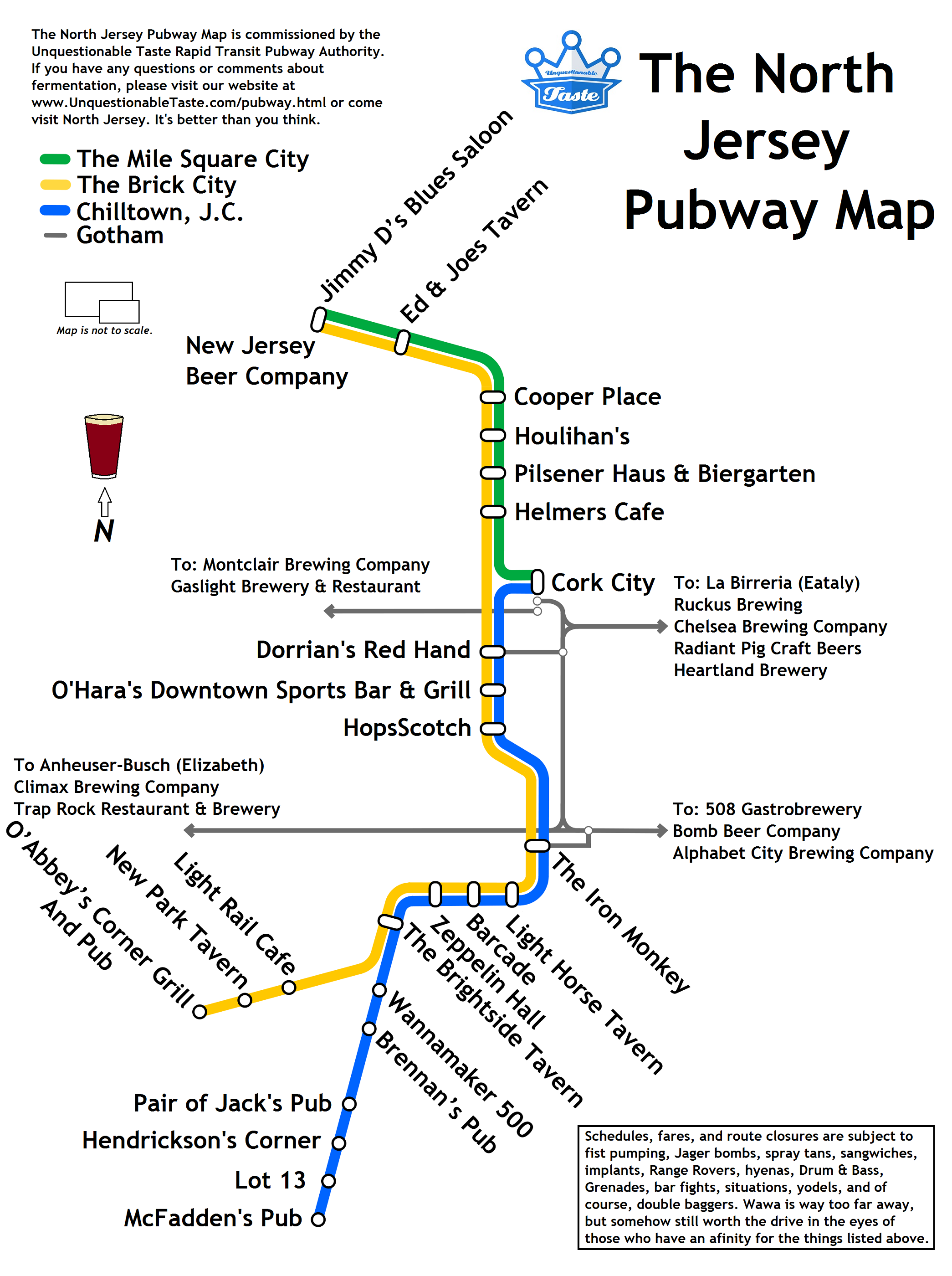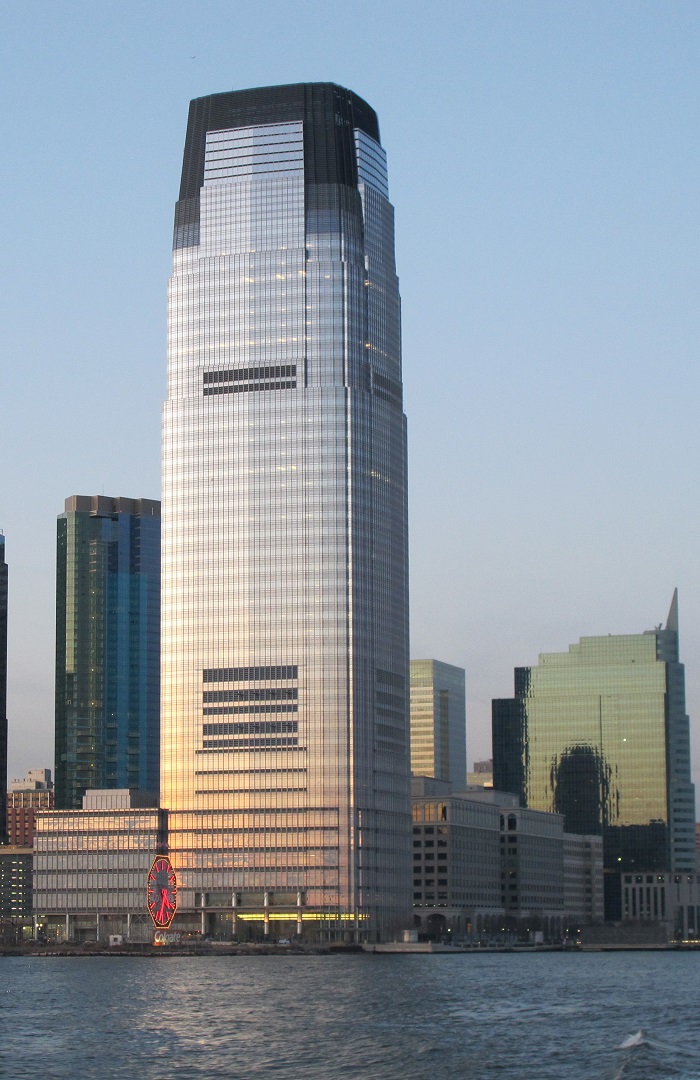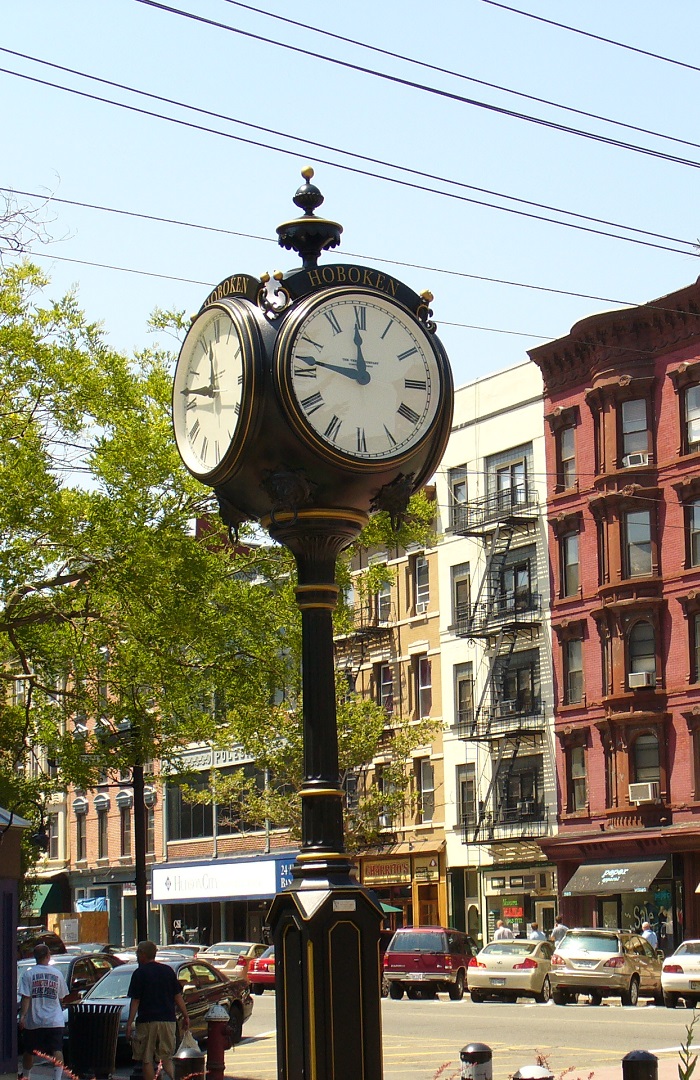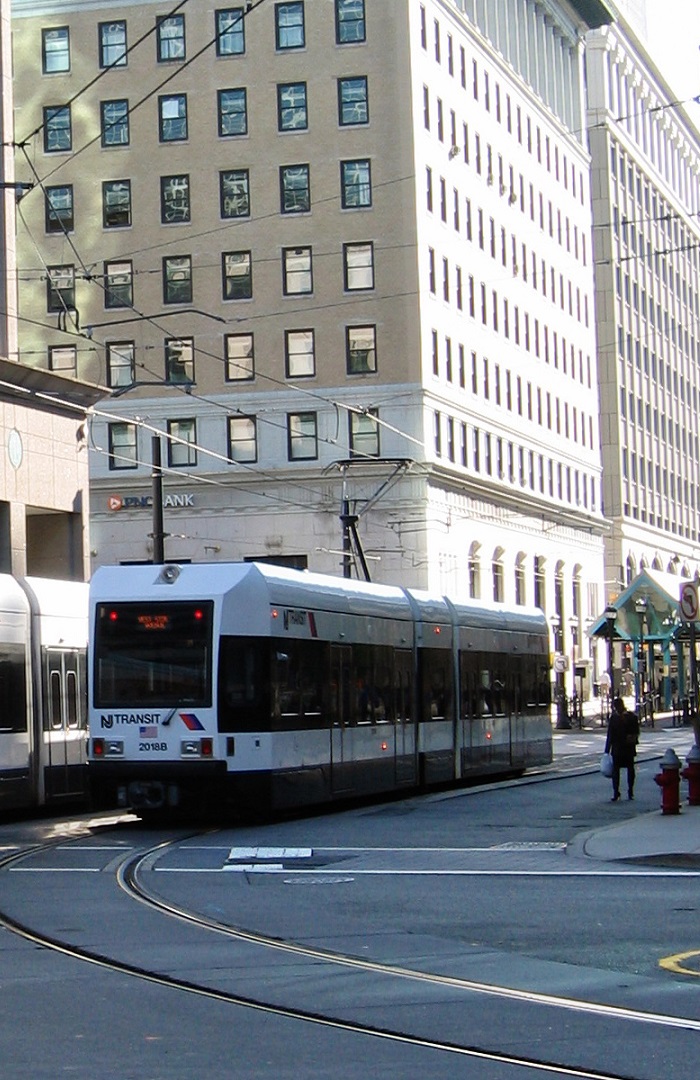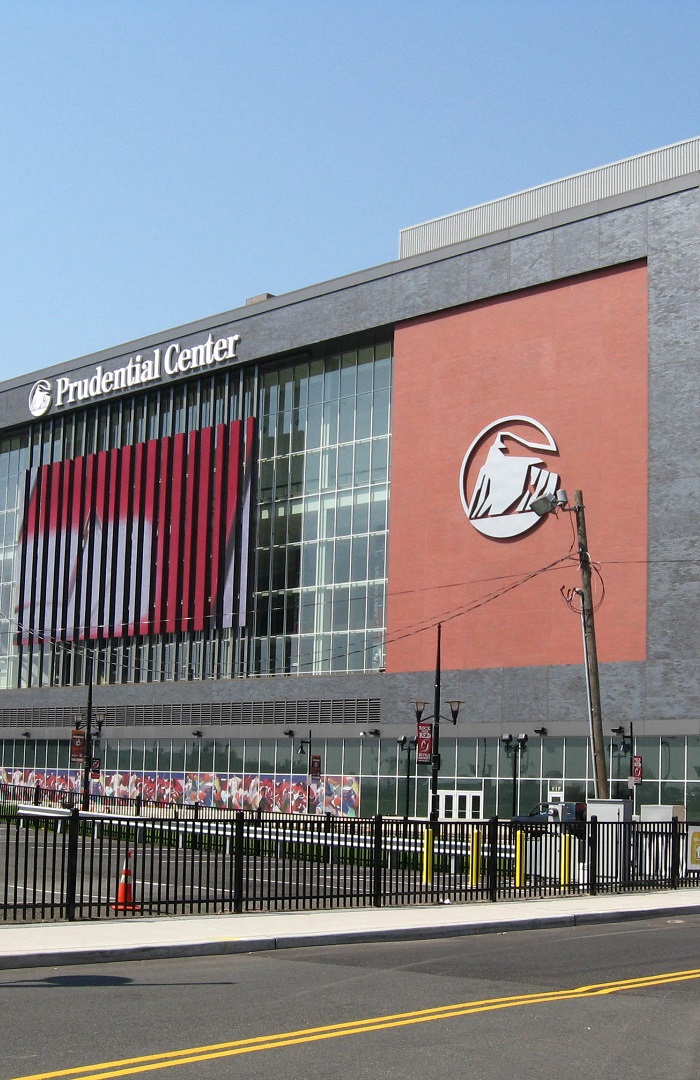Many of the area’s wealthier residents left for the suburbs, and the cities of Hoboken, Paterson, Jersey City, and Newark began a downward economic and social spiral. The population was on a steady decline for three decades. Crime, especially violent crime spiked in the 70s, while blight, arson, wild dogs, and theft was commonplace, and overall, the economy showed no real signs of improvement. Landlords also charged exorbitantly high rent, which increased the prevalence of income inequality. It wasn’t until the mid 80s to early 90s that things began to turn around. Being located directly across from the largest economic center in North America, real estate was always going to underpin the North Jersey economy. General speculation and ultimately, gentrification helped spur a cultural and social movement in the area, which quickly became known for its younger, highly educated commuter crowd. This demographic not only brought in much needed money into local business, but also a hip and trendy art, culture, and gastropub filled hipster breeding ground. The area, which is connected to the rest of North Jersey and New York with a vast array of highways, rail, ferries, and tunnels, is now bursting with tall luxury condo high rises, glistening glass clad corporate head offices, gourmet restaurants, and high end shopping. The median family income in Hoboken exceeds $120K. In nearby Newark, the New Jersey Devils of the NHL play in their new home called the Prudential Center (no, not the one in Boston). And all of this nouveau riche development is increasing the demand for upscale bars, where not only are gin based cocktails are carefully crafted by high paid mixologists, but expensive, local no name beer is served from casks. There are no prominent breweries in the area, but appreciation for high quality craft beer is as lofty as the prices for its luxury condominiums.





